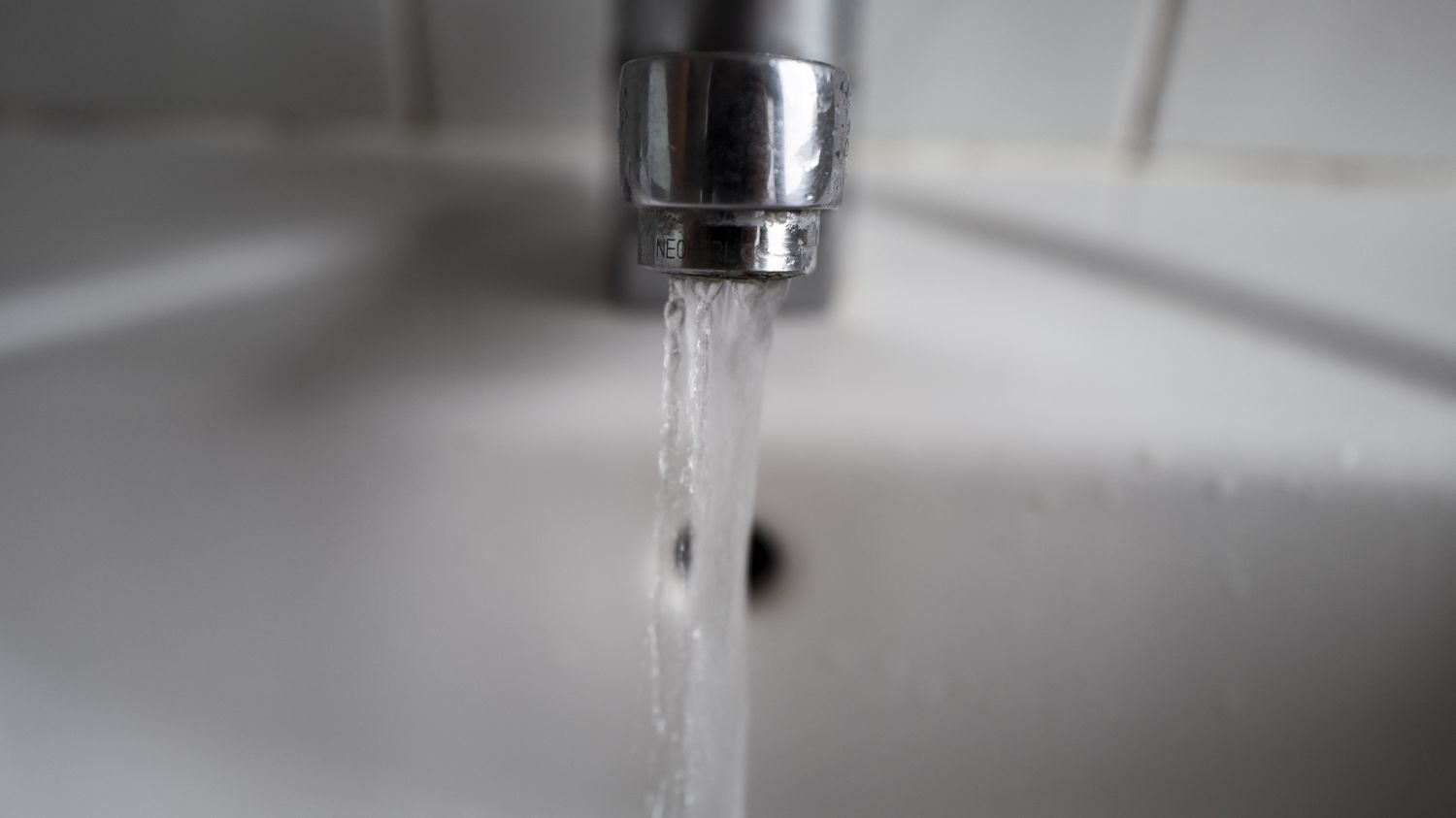Several associations, which have analyzed around thirty water samples from ten EU countries, are warning about the presence of trifluoroacetic acid (TFA) in Europe. However, the latter is, for the moment, not taken into account by European regulations.

Published
Update
Reading time: 3 min

Salomé Roynel, advocacy and campaign manager for the NGO Pesticide Action Network Europe (PAN), is calling on franceinfo on Wednesday for TFA, a chemical substance, to be taken into account by European regulations, while European waters are massively contaminated by a very persistent chemical, trifluoroacetic acid (TFA). PAN and its members, including Générations Futures in France, analyzed 23 surface water samples and six groundwater samples from ten EU countries, looking for this product.
Salomé Roynel warns about “effects on the liver and malformations in fetuses“caused by TFAs which can be derived from the degradation of PFAS pesticides. The PAN Europe advocacy and campaign officer advocates for “sustain“alternatives”which are notably applied by the organic sector“.
franceinfo: How dangerous is trifluoroacetic acid (TFA)?
Salome Roynel: Its danger to human health has only been investigated very recently. And what we see are effects on the liver and malformations on fetuses, at relatively high levels, but on the basis of relatively limited data. We are talking about relatively varied levels depending on the samples we are interested in, but which are at an average of 74 nanograms per liter, but which is largely exceeded by our Parisian sample which amounted to more than 2,000 nanograms per liter. This is very little because, if we rely on the current context, this represents 110 drops diffused in an Olympic swimming pool. And at the same time, for this type of substance, we regularly have scientific alerts on their effects at very minimal doses. So this is information that must be taken with great caution and vigilance.
Your study shows that this substance, TFA, is found more in Paris than in Salzburg in Austria or Potsdam in Germany. How do you explain the presence of these products?
There are different factors that come into play. Mainly, when we are interested in drinking water, it depends on the distribution network and therefore on the origin of the water. As for Paris, our sample came from a mixture of water from the Marne, the Seine and the Vanne. So what we can assume is that these are the waterways that are also very contaminated. As for the Seine, we already knew this from a previous study. As for Salzburg, it is possible that the samples come from deeper wells.
The rates seem very low. But behind that, there is the cocktail effect. Isn’t that almost impossible to measure?
What we see in our study is that the presence of TFA must be put into perspective with that of other eternal pollutants and with other chemical substances, other pesticide residues. And these are effects that, together, can potentially create tenfold or new effects compared to what was anticipated by the regulators. So indeed, these are things to be taken relatively seriously.
TFAs are not monitored by the authorities. Europe has changed its regulations and from 2026, twenty PFAS will be controlled. Are you calling on Europe to take these famous TFAs into account?
Indeed, for the moment, TFA is not one of the substances that are particularly monitored. But it is one of our major requests that this change and that the authorities gradually have access to data from which they can address the problem and set limits. What we are asking is that TFA be cut off at its source. And one of its main sources is PFAS pesticides. There are alternatives today, including alternatives that are notably applied by the organic sector. These are sectors that must be supported to enable this transition and keep drinking water safe for future generations.
